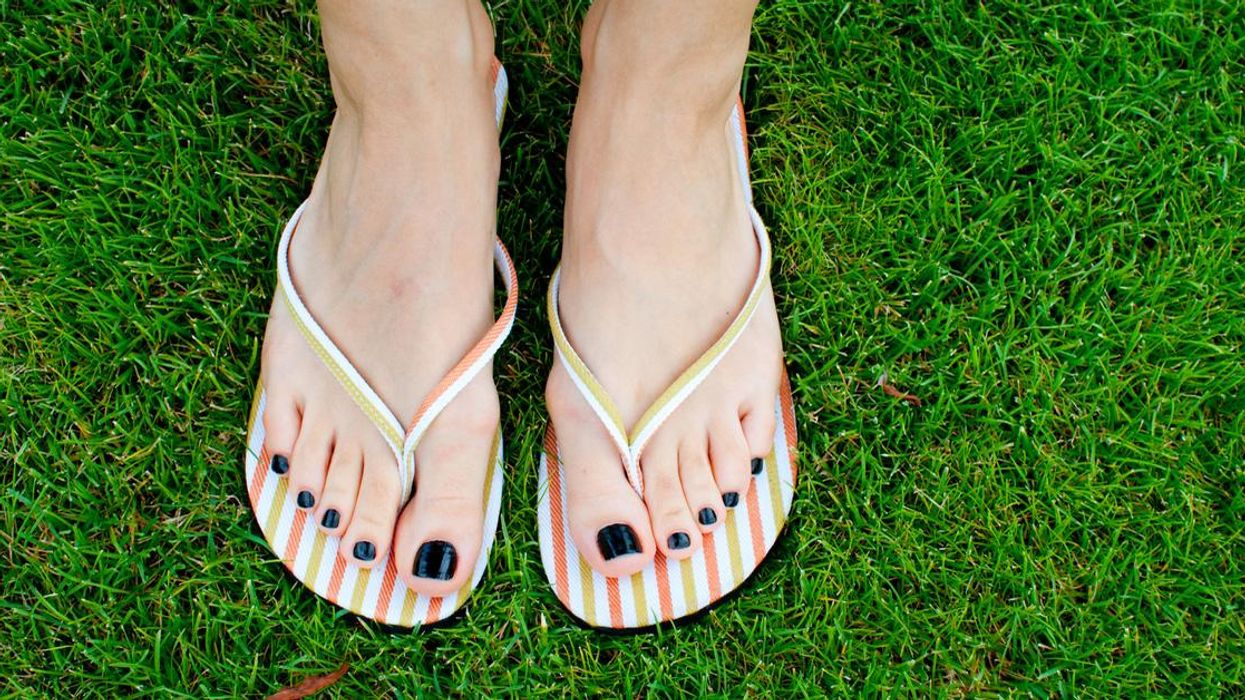News
Greg Evans
Jul 30, 2017

Picture:
Getty Images/iStockphoto
We're sure that a fair few of you out there have opted for a pair of flip flops to counteract the heat this summer.
There is nothing worse than wearing a big pair of uncomfortable boots or trainers when its sweltering outside.
However, the negative health effects of flip flops do not make for easy reading.
Cuts, broken nails, chaffing, blisters, insect bites, sunburn, stubbing a toe or tripping over are common accidents for exposed footwear of this kind but the effects run much deeper than that.
Dr Christina Long of the Wake Forest Baptist Medical Centre in North Carolina associates shin splints, tendon issues and back pain with sandals like this, as they significantly alter your stride.
She says they can also cause painful inflammation known as plantar fasciitis (or jogger's heel), which is the band of tissue that runs between the heel and the ball of the foot.
Long, who is a podiatrist and ankle surgeon told the Daily Mail:
Flip-flops don't offer any arch or heel support, and you have to grip them with your toes to keep them on.
Wearing them for too long or for the wrong activity can cause a lot of different problems.
Tendon damage can take months to recover from but if used again before being fully healed can lead to permanent damage or disability.
Flip-flops are also unadvisable for certain tasks and pass times like running, hiking, driving, sports or manual labour.
However, if you insist on wearing them Dr Long does concede that they are perfectly suitable for small periods of time.
Flip-flops are fine for short-term use, especially if they have at least some arch support and a cushioned sole.
They're good to wear at the beach, around swimming pools, in showers and locker rooms at the gym, on short trips to the store.
If you do want to feel the breeze against your foot then you could always try a more robust option like a sandal, that have the flexibility for your toes to bend.
Top 100
The Conversation (0)
x













